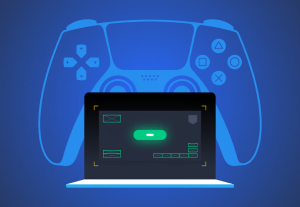- Agile and Iterative Process, Conversational Design, Design, Design Theory
Agile and Design Thinking are, as buzzwords, commonplace in today’s corporate world. But what happens when an organization must blend the two, especially when it is on a larger scale? The two did not originate from the same source, but they are both essential to help companies move forward.
Article by Karri Ojanen
Agile and Design Thinking — How Can They Go Well Together?
- The article explores how organizations can merge Agile and Design Thinking to create a more flexible, collaborative, and customer-focused approach to problem-solving.
- The Scaled Agile Framework (SAFe) incorporates Design Thinking principles into the Agile continuous exploration cycle, but it also has some key differences.
- To successfully blend Agile and Design Thinking, organizations must recognize that Design Thinking is also Agile in its iterative, co-creative, and collaborative approach, and applying too strict of a cadence and speed to the process could be counterproductive.
Share:Agile and Design Thinking — How Can They Go Well Together?
Share this link
- April 25, 2023
5 min read







